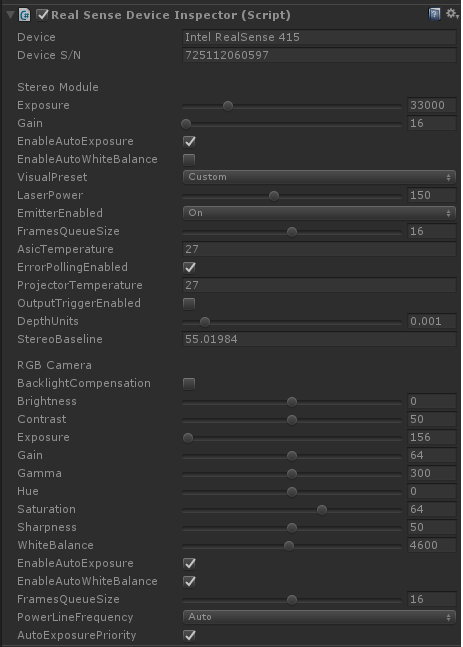

This means this tool is NOT compatible with a Terrain GameObject as advertised. After waiting for a minute or so to process, it only managed to produce a blank gameobject.

I tested by rasterizing an actual 500 x 600 x 500 terrain I made using Unity's native Terrain Tool by attaching the included Rasterizer and Mesh Scripts to the terrain and set some basic configuration. It was so slow that the Stats window displayed 1 FPS. After install in Unity 2018.1, I immediately received the following errors:Īlso took a closer look at the included Example scene by attaching an Extended Fly Cam. You can download it here and so have a look into it.Ĭlick to expand.Because there is really no live demo I can check, I just bought Voxels for Unity to see if it will fit my basic requirements. But I reduced the assets to the level file only. Unfortunately the old project is not compatible with the latest Unity 5.6 version, so I could not run it. You surely have downloaded the Lookout project from the Global Gam Jam site, right? The voxel version of the first level is not part of it because I made it some days later. You only have to set the boundaries next to each other. But it is possible to use multiple instances to rasterize one or a group of objects. One limitation of the converter is the maximum of 2048x2048x2048 voxels. But if you want the best performance you will need a specific framework for rendering voxels, which however can be fed by the data coming out of my tool. Using them you are able to create blocky meshes, which are presentable in runtime, for example. Its package include scripts, which can build standard meshes or particle systems from the collected data. TerrainComposer 2 generates standard Unity terrains, doesn't it? So it should be convertible by the rasterizer but the tool is not a voxel renderer. I will publish the informative manual in the upcoming days after it will be completed.

Or you follow me on Facebook and Twitter. If you want to know more, you can have a look at. to transfer it to existing voxel frameworks or render classes. The collected data can be converted to a list of uniformly ordered meshes (most likely cubes), copied to a particle system or you write your own processor class, e.g. But you are still able to combine them with dynamic properties at the end. So it is possible to bake lighting and shading into the colors of the generated volume cells. The primary function is the scanning of the 3D models and terrains from all six main directions through Unity's rendering methods, what is the key difference contrary to existing solutions. It is a tool with an inherent programming interface, can be used in the editor or at run time and is currently waiting for approval to be published to the Asset Store. In the video of the following post you can see some free assets in a composition with conversions, which were generated using the extension "Voxels for Unity".


 0 kommentar(er)
0 kommentar(er)
